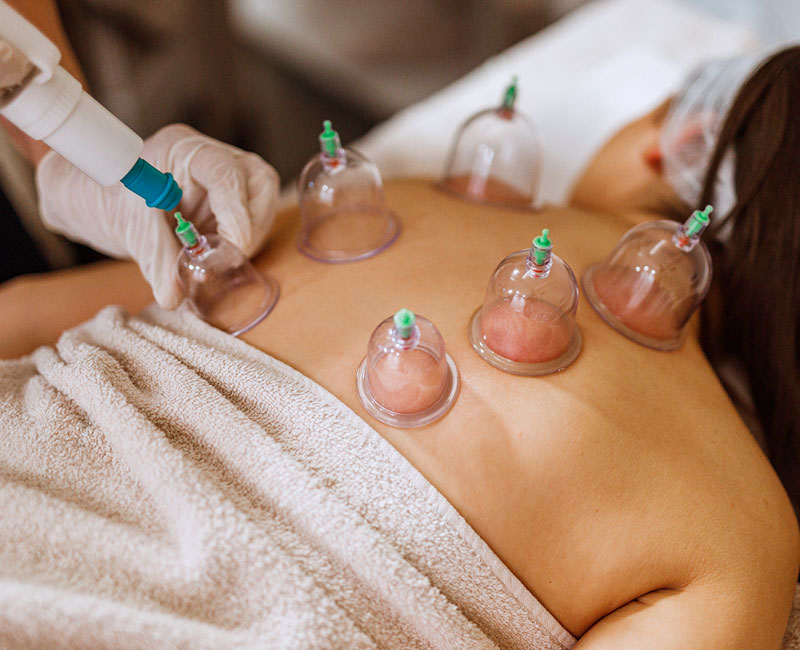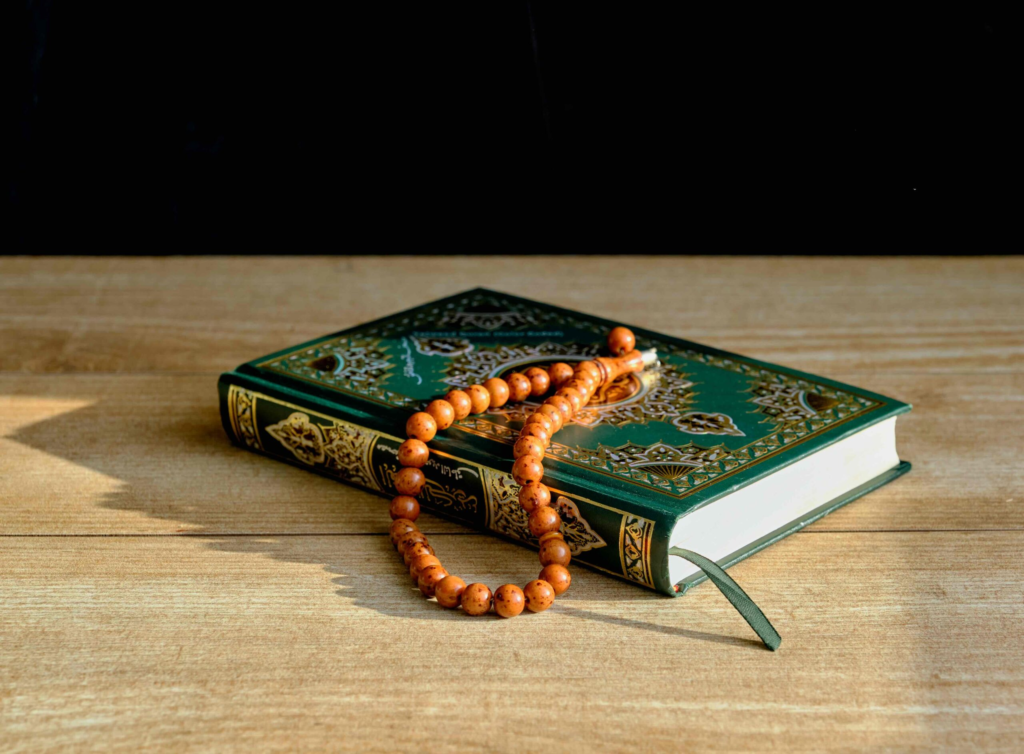Traditional Gulf Healing Practices are returning to the spotlight. As modern lifestyles create new health problems, people across the Gulf countries are turning back to their roots. This growing trend reflects a deeper desire for natural, culturally rooted, and holistic solutions to health and well-being.
In this article, we explore why Traditional Gulf Healing Practices are becoming popular again and what makes them relevant in today’s modern world.
What Are Traditional Gulf Healing Practices?
A Blend of Natural and Cultural Remedies
Traditional Gulf Healing Practices refer to health methods used by generations across the Arabian Gulf region. These include:
- Hijama (Cupping Therapy)
- Herbal Medicine (Tibb Al Nabawi)
- Spiritual Healing and Quranic Verses
- Massage with Natural Oils
- Use of Camel Milk and Dates for Strength
These methods are based on natural ingredients, religious beliefs, and ancestral knowledge. Most remedies focus on balancing the body, improving energy, and treating the root cause of illnesses.
Why Are These Practices Making a Comeback in 2025?
1. Growing Distrust in Chemical-Based Medicine

Many people today suffer from side effects of modern medicines. Reports of antibiotic resistance, long-term dependency, and artificial treatments have caused worry. Traditional Gulf Healing Practices offer a natural and side-effect-free alternative.
2. Return to Cultural Roots and Identity
In a rapidly globalizing world, younger Gulf citizens are showing interest in their traditions. Embracing Traditional Gulf Healing is a way to preserve culture, language, and heritage. Many clinics and wellness centers are now incorporating these methods to appeal to a culturally aware audience.
3. Support from Governments and Wellness Campaigns
Health ministries in countries like the UAE, Saudi Arabia, and Qatar are promoting alternative and complementary medicine. Certified practitioners now offer Hijama and herbal treatments in legal, safe, and clean environments.
In 2025, several public awareness programs have been launched to teach people about the safe use of traditional practices in daily life.
4. Influence of Social Media and Influencers
Popular health influencers across the Gulf are showcasing their personal journeys with cupping, herbal detoxes, and Quranic healing. As people seek affordable and holistic health solutions, Traditional Gulf Healing Practices are trending in online searches, video tutorials, and wellness blogs.
Popular Traditional Healing Methods Revived in 2025
Hijama (Cupping Therapy)

This ancient technique involves using cups to draw out “bad blood” from the body. It is believed to improve circulation, reduce pain, and boost immunity. Clinics now use modern equipment and sterile tools, making it safe and trusted.
Tibb Al Nabawi (Prophetic Medicine)
Based on the teachings of Prophet Muhammad, this method uses herbs like black seed oil, honey, and olive oil. It includes lifestyle advice, dietary changes, and prayers. It is respected both medically and spiritually.
Camel Milk and Dates
Once seen as “desert survival foods,” camel milk and dates are now promoted as superfoods. Rich in iron, calcium, and vitamins, they are used to treat diabetes, digestive issues, and fatigue.
Quranic Healing and Ruqyah

Spiritual healing through Quran recitation (Ruqyah) is gaining respect not just in homes, but also in wellness centers. These practices are often combined with counseling to address mental stress, sleep issues, and emotional trauma.
Scientific Support and Medical Integration
Many studies now support the effectiveness of Traditional Gulf Healing Practices. For example, research from King Saud University has shown how Hijama can relieve migraines and joint pain. Medical universities across the Gulf have also introduced courses in traditional medicine, ensuring future doctors understand both modern and ancient approaches.
Challenges Facing Traditional Gulf Healing Practices
Despite their popularity, there are still challenges:
- Lack of Regulation: Not all healers are certified or trained.
- Misuse and Overuse: Some people use herbs without proper knowledge, risking side effects.
- Skepticism from Modern Doctors: Some health professionals still see these practices as outdated.
However, with better education, certification, and public awareness, these problems are slowly being addressed.
The Future of Gulf Healing in a Modern World
Traditional Gulf Healing Practices are not just surviving—they are evolving. With modern clinics, trained healers, and scientific backing, these ancient methods are being reborn for today’s needs.
More people now understand the value of combining traditional wisdom with modern science. As health becomes more personal and cultural, Traditional Gulf Healing could soon become a mainstream choice across the Gulf region and beyond.
Conclusion
Traditional Gulf Healing Practices are making a powerful comeback in 2025. From cupping and herbal medicine to spiritual healing, people are rediscovering the power of their roots. Whether it’s for physical pain, emotional stress, or spiritual peace, these age-old methods are proving their value in modern times.
For those seeking natural, cultural, and holistic wellness, Traditional Gulf Healing may offer just what they need—health with history.
read more- Sleep Health in Urban Gulf Areas: 4 Powerful Reasons It Matters



